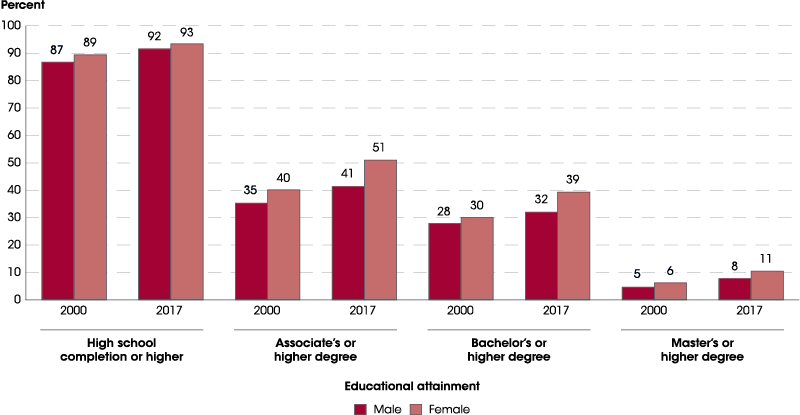May 5, 2018
The Russian/NATO Front
On December 26, 1991 the Soviet Union officially dissolved, and the world breathed a collective sigh of relief. With the threat of impending nuclear war all but gone -it was assumed- the whole purpose of NATO necessarily ceased to exist, and for the first time since President Eisenhower’s 1959 warning, it was suddenly possible for America to rein in its military-industrial complex. Instead, over vociferous Russian objections, NATO expanded to Poland, Bulgaria and Romania –former Warsaw Pact nations- and to Estonia, Latvia and Lithuania, former Soviet Republics.
Then, following a coup, the Ukraine tilted towards the European Union, and in so doing virtually recreated the Russo/German front as it had been on September 9, 1941. Alarmed, Russia rearmed and annexed the Crimea with its all-important naval base at Sevastopol. It is not known what if anything Russia would do if the Ukraine actually joins NATO (a possibility expressly opposed by the likes of Dr. Henry Kissinger); that would allow the alliance to deploy short-range nuclear-tipped missiles 300 miles from Moscow. On this vein it’s worth remembering that the 1962 crisis was over Russian missiles in Cuba 1,134 miles from Washington D.C., not 300. What is certain is that the threat of terminal war between the two largest (and upgraded) nuclear arsenals in the world has reemerged with a vengeance. Incidentally, Russia’s reaction immediately provoked new tensions with the U.S. and NATO. That effectively -and no doubt coincidentally- ended any lingering thoughts of downsizing America’s military-industrial complex or dissolving NATO.
Enter China
The United States has long relied on two load-bearing pillars to maintain qualitative and quantitative hegemony over its adversaries: its ability to outspend them and technical superiority. The former depends entirely on the petrodollar –the (still) dominant reserve currency of the world- which allows the government to finance its perpetual deficits without raising taxes on those with the means to pay; technical superiority requires a constant stream of a large number of brilliant and innovative STEM (science, technology, engineering and math) students. Today both pillars shudder and groan as they struggle to contend with mediocre public schools, high college tuition, sharply curtailed immigration, and unprecedented competition from emerging economies, particularly China, which on March 26, 2018 launched an oil-futures contract denominated in yuan.
The Education Front
On April 26, 2018 the U.S. Department of labor reported some disheartening and alarming statistics:
• Only 66.7% of 2017’s 2.9 million high school graduates age 16 to 24 were enrolled in colleges or universities in October 2017.
• Fully 16.3 million people age 16 to 24 were not enrolled in school -42.7% of 38.2 million.
• Only about one-fourth of recent bachelor’s degree recipients age 20 to 29 were enrolled in school.
• Among those age 20 to 29, unemployment rates for recent associate degree recipients, recent bachelor’s degree recipients, and recent advanced degree recipients were 5.6%, 8.3%, and 11.9% respectively, much higher than for the general population.
• The unemployment rate for recent high school graduates not enrolled in college was 16.8%, higher than the rate of 10.2% for recent graduates enrolled in college.
• Between October 2016 and October 2017, 530,000 students dropped out of high school, and their jobless rate was 18.9%.
According to another recent report, U.S. colleges are expected to experience a steady decline in enrollment of native-born students primarily because the number of high schools students in both public and private schools is expected to decline through 2030. Reasons for the decline are:
• Rising costs of a college education
• Increasing skepticism that the return on investment of a college education is worth the cost
• Relatively low rates of timely degree completion in both 4-year and 2-year colleges
• Reluctance of many to travel far from home and to bear the cost of that travel
• Reluctance to take on the burden of long-term debt and its effect on new home formation and credit history
• The perception of a relative lack of minority and low-income student social and academic support on campuses
• An increasing number of American students (100,000) studying abroad, mainly in the U.K., Italy, Spain, France and China.
One way colleges attempt to offset the new reality is by accepting more foreign students, who pay full tuition. Their number grew by 7.1%, topping 1 million in the 2015-2016 academic year, with the two largest emerging economies, China and India, accounting for 31.5% and 15.8% respectively.
A country’s strength in science and engineering arises from a skilled STEM-capable workforce and sustained investment in research and development, and we are not doing particularly well in that regard.
• China has rapidly increased R&D spending over time –an average of 18% per year between 2000 and 2015 compared to 4% in the U.S. If trends continue, China will pass the U.S. in R&D by the end of 2018.
• As of November 2017, China claims 202 of the fastest 500 supercomputers in the world, the U.S. 143.
• Globally, bachelor’s degrees in S&E fields totaled more than 7.5 million in 2014, with India, China and the U.S. accounting for 25%, 22% and 10% respectively.
• Between 2000 and 2014 the number of S&E bachelor’s degrees awarded in China rose more than 360%; the U.S. grew by 54% over the same period.
• China increased its production of peer-reviewed S&E articles by 8% annually between 2006 to 2016, compared to only 1% in the U.S. In 2016 China surpassed the U.S. in publications of S&E research papers.
Tectonic Shifts
Not only does China have a population four times larger than the U.S. (and larger than the U.S. and NATO combined), the all-powerful Communist Party has the authority to decide, for better or worse, what to do with the economy. So far their decisions have been nothing short of astounding: their economy is growing at a rate approximately three times faster per year than the U.S. More importantly, they’re investing much of that growth in physical infrastructure, research and development, and education at all levels. It’s not difficult to extrapolate that if present trends continue, by 2050 the U.S. will find itself in a position with respect to China similar to what Germany and Japan currently are to the U.S. Clearly, to avoid falling into the void of irrelevance, profound systemic changes will have to be made, both to the economic system and the very soul of the nation. Specifically, the largest segment of the population –white non-Hispanics- will need to pragmatically embrace and support the ongoing seismic demographic reality.
A Possible New Beginning
The United States must prepare for the day -not far off- when the dollar ceases to be the reserve currency of the world and the government loses its unique privilege to finance its perennial deficits without raising taxes on those with the means to pay. One way to do so is to abandon the (current) obsolete fixation with military hegemony in favor of an unassailable defensive posture. At that point it would become possible to invest the savings in a parallel egalitarian economy based on the production of hydrogen and pure water from solar energy, seawater and gravity and end the world’s addiction to fossil fuels and nuclear fission. Upon achieving hydrogen self-sufficiency, America would export the surplus. That would combat climate change, help with the trade deficit, create much-needed well-paying jobs that cannot be outsourced, and end all oil-related tensions and wars.

